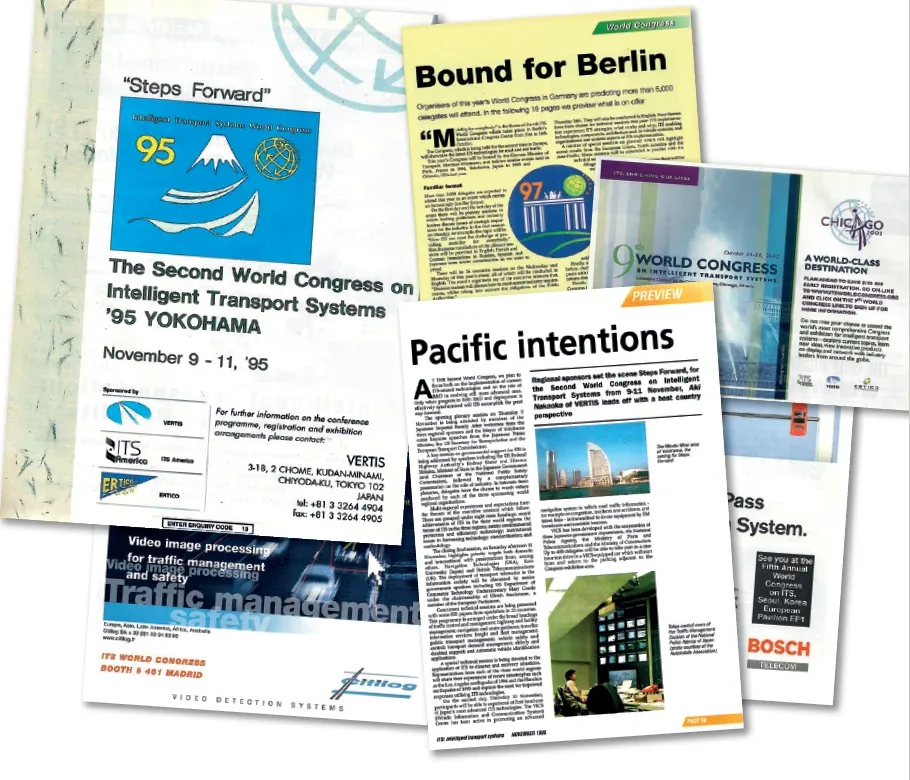Thousands of UK motorists caught speeding on two stretches of the M62 in Warwickshire could have their convictions overturned because the wrong font was used on the speed limit signs. The Crown Prosecution Service said the signs showed miles per hour (mph) numbers taller and narrower than they should have been, failing to comply with traffic regulations. The regulations governing variable speed limit signs are set out in a government document called Traffic Signs Regulations and General Directions 2002. If
March 11, 2013
Read time: 3 mins
Thousands of UK motorists caught speeding on two stretches of the M62 in Warwickshire could have their convictions overturned because the wrong font was used on the speed limit signs.
The Crown Prosecution Service said the signs showed miles per hour (mph) numbers taller and narrower than they should have been, failing to comply with traffic regulations.
The regulations governing variable speed limit signs are set out in a government document called Traffic Signs Regulations and General Directions 2002. If a sign fails to comply with the document's specification then it needs separate approval from the1837 Department for Transport before it can be used as a means of enforcement. That did not happen in this instance.
Warwickshire Police were told last November of the irregularity of the signs. The503 Highways Agency, which installed the signs, said it believed they were the right size and were clearly visible to motorists.
As a result police took the decision to stop using the signs as a means of enforcement and dropped prosecutions it was intending to pursue on the stretches of road affected.
However, by then thousands of motorists had already received fines and convictions built up since the first of the signs went into operation in 2006. At least 11,000 fixed penalties were issued to motorists breaking the variable speed limit between junction seven to nine of the M42 last year.
Some lawyers and traffic consultants now want any penalties which were handed out over the course of the six years the signs were in place to be quashed, arguing they are not legally enforceable. "There should be a situation where cases are opened in the magistrates’ court to have the cases reheard and the convictions quashed," said Richard Bentley, a traffic management consultant and former police officer. "If there are no traffic signs the Act of Parliament prohibits the conviction and these are definitely not traffic signs."
The Highways Agency said it was first made aware of concerns about three years ago but believed they did conform to the regulations. "When it was first brought to our attention in 2009, we felt it was quite clear what these numbers were and how visible they were to the road user," said Ginny Clarke, director of network services for the Highways Agency.
The Crown Prosecution Service said the signs showed miles per hour (mph) numbers taller and narrower than they should have been, failing to comply with traffic regulations.
The regulations governing variable speed limit signs are set out in a government document called Traffic Signs Regulations and General Directions 2002. If a sign fails to comply with the document's specification then it needs separate approval from the
Warwickshire Police were told last November of the irregularity of the signs. The
As a result police took the decision to stop using the signs as a means of enforcement and dropped prosecutions it was intending to pursue on the stretches of road affected.
However, by then thousands of motorists had already received fines and convictions built up since the first of the signs went into operation in 2006. At least 11,000 fixed penalties were issued to motorists breaking the variable speed limit between junction seven to nine of the M42 last year.
Some lawyers and traffic consultants now want any penalties which were handed out over the course of the six years the signs were in place to be quashed, arguing they are not legally enforceable. "There should be a situation where cases are opened in the magistrates’ court to have the cases reheard and the convictions quashed," said Richard Bentley, a traffic management consultant and former police officer. "If there are no traffic signs the Act of Parliament prohibits the conviction and these are definitely not traffic signs."
The Highways Agency said it was first made aware of concerns about three years ago but believed they did conform to the regulations. "When it was first brought to our attention in 2009, we felt it was quite clear what these numbers were and how visible they were to the road user," said Ginny Clarke, director of network services for the Highways Agency.









